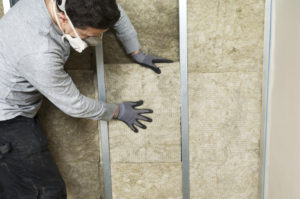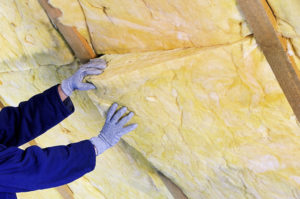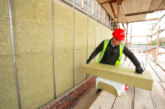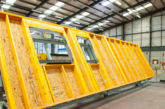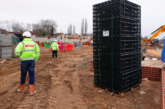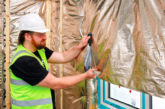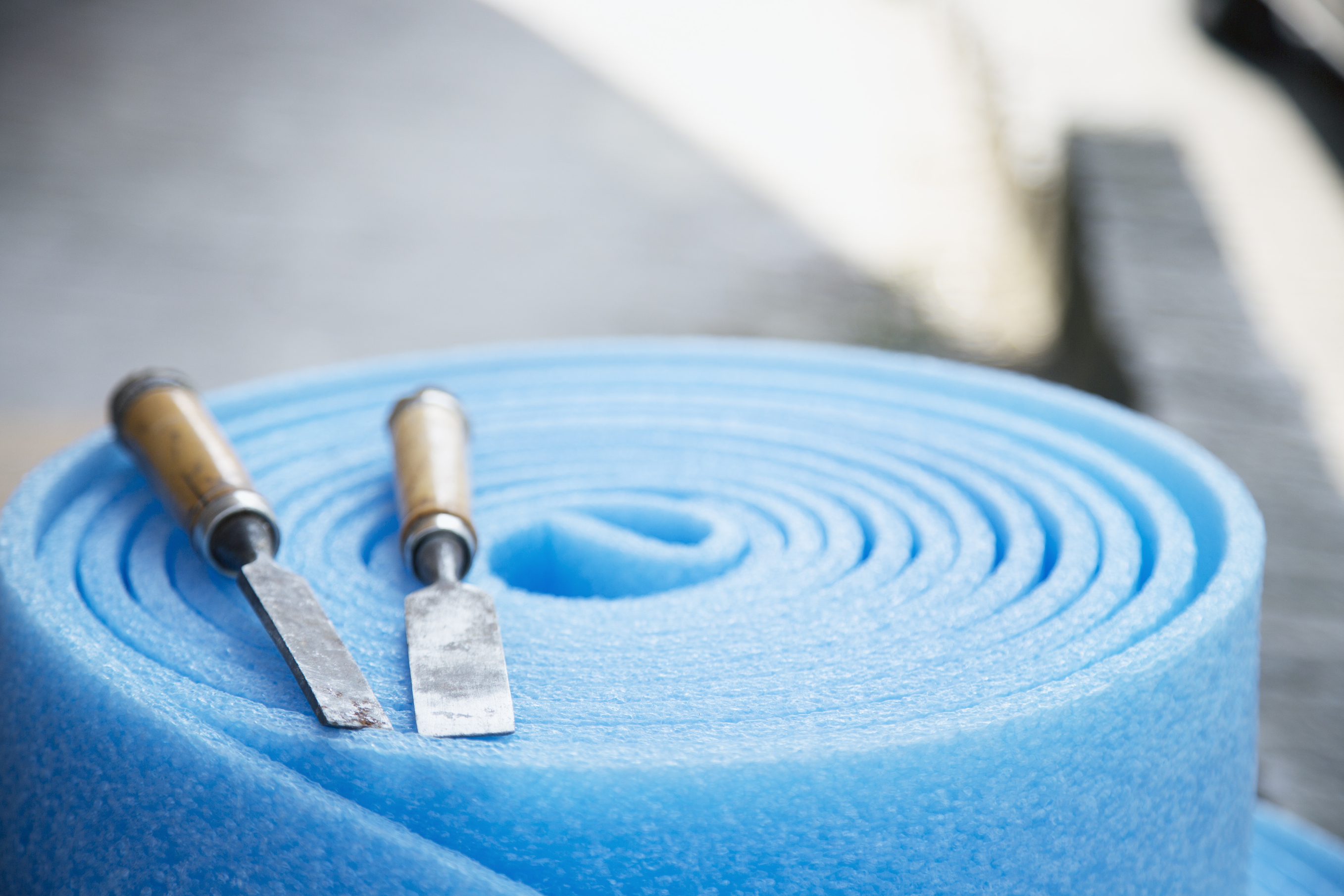
Annemarie Shotton, Category Group Manager for Insulation at CCF, discusses the importance of prioritising acoustics to meet the demands of modern day living.
According to the Federation of Master Builders, 67% of SME housebuilders in England face a ‘lack of available and viable land’. This means that many housebuilders are taking this as an opportunity to build upwards, and combined with the demand for property close to thriving and busy cities, means that noise is becoming a problem. Sources of noise, whether airborne from traffic, voices permeating walls, or impact sound of people walking around upstairs in apartment blocks can cause major disruption in peoples’ everyday lives.
Intelligent insulation choices can make a real difference to solving the problem of unwanted noise and accurate specification, along with the precise installation of insulation, can hugely reduce sound disturbance. This can include measures such as better soundproofing of the outer-building shell, lightweight construction inside and improved air tightness, which can all work together to exclude external noise and contain internal noise too.
Part E
When first considering the insulation requirements for any new build, Part E of the Building Regulations needs to be at the forefront of planning and specification. This legislation outlines the minimum value of airborne sound insulation and impact sound insulation that should be achieved by any building used as a dwelling and other construction types such as schools, student apartments and nursing homes.
“Intelligent insulation choices can make a real difference to solving the problem of unwanted noise.”
Part E establishes a need for pre-completion testing, which comprises of random checks being carried out on registered newly adjoined building sites and must be able to continually exceed performance standards, be practical and of reasonably tolerant workmanship. This means that carefully specifying, purchasing and installing the insulation correctly is all the more important when passing the relevant checks made by the Building Officer.
In general, an individual with normal hearing will notice noises above a 25 decibel level (dB) and will usually require a sound level below this to sleep. Noises in the range of 35-85 dB are considered intrusive and restrictive for intellectual work.
Need advice?
CCF has launched a new campaign in partnership with five leading insulation manufacturers. The company has increased its range of product solutions, technical expertise and support to assist customers on a wide range of issues. Together with insulation suppliers Celotex, Isover, Kingspan, Knauf Insulation and Rockwool, CCF will be on-hand to offer expertise to insulation installers, interiors building contractors and housebuilders. Annemarie Shotton, CCF Category Group Manager for Insulation, said: “Following investment to increase CCF’s insulation product range, expertise and technical support over the last two years, CCF has recommitted to providing even more added-value for our insulation customers again this year. “Our five strategic insulation partners, Celotex, Isover, Kingspan, Knauf Insulation and Rockwool, ensure that no matter the insulation product or query we have the answer and go-to solution all in one place. This is backed by great availability and quick delivery options as standard too.”
For further information visit www.ccfltd.co.uk
Ways of insulating
Standard drywall can be quite thin, so walls themselves will sometimes let in the majority of neighbouring noise. Adding another layer of drywall will improve sound resistance with silicon caulking closing up any additional gaps. Glass or rock fibre insulation is often necessary to provide adequate sound absorption.
A cost effective ways to improve sound insulation is to use acoustic stud with built-in discontinuity. Acoustic stud is designed to offer better sound insulation in the key speech frequency bands (250 to 1000 Hz), while maintaining structural strength and integrity. In turn this means that slimmer partitions can be constructed, which maximises floor space while still meeting high acoustic requirements.
It is also worth considering the disruptive noise which can be caused by drainage systems, especially in buildings where bathrooms are positioned between bedrooms. In terms of piping, there are two methods of insulating against airborne noise. The first method, cavity absorption, involves the use of a duct wall and a sound absorbing material surrounding the pipe. The problem with this method is that it can take up valuable square footage space which cannot be either utilised or rented. An alternative method is the use of an insulation around the pipework.
There are many different insulation products and applications on the market, so when choosing what is most suitable careful planning at the design stage is important. Not only will effective insulation meet Building Regulations, it can also save money if smartly chosen and in the long run will ensure that the need for the housebuilder to return to the site once signed off is mitigated.

